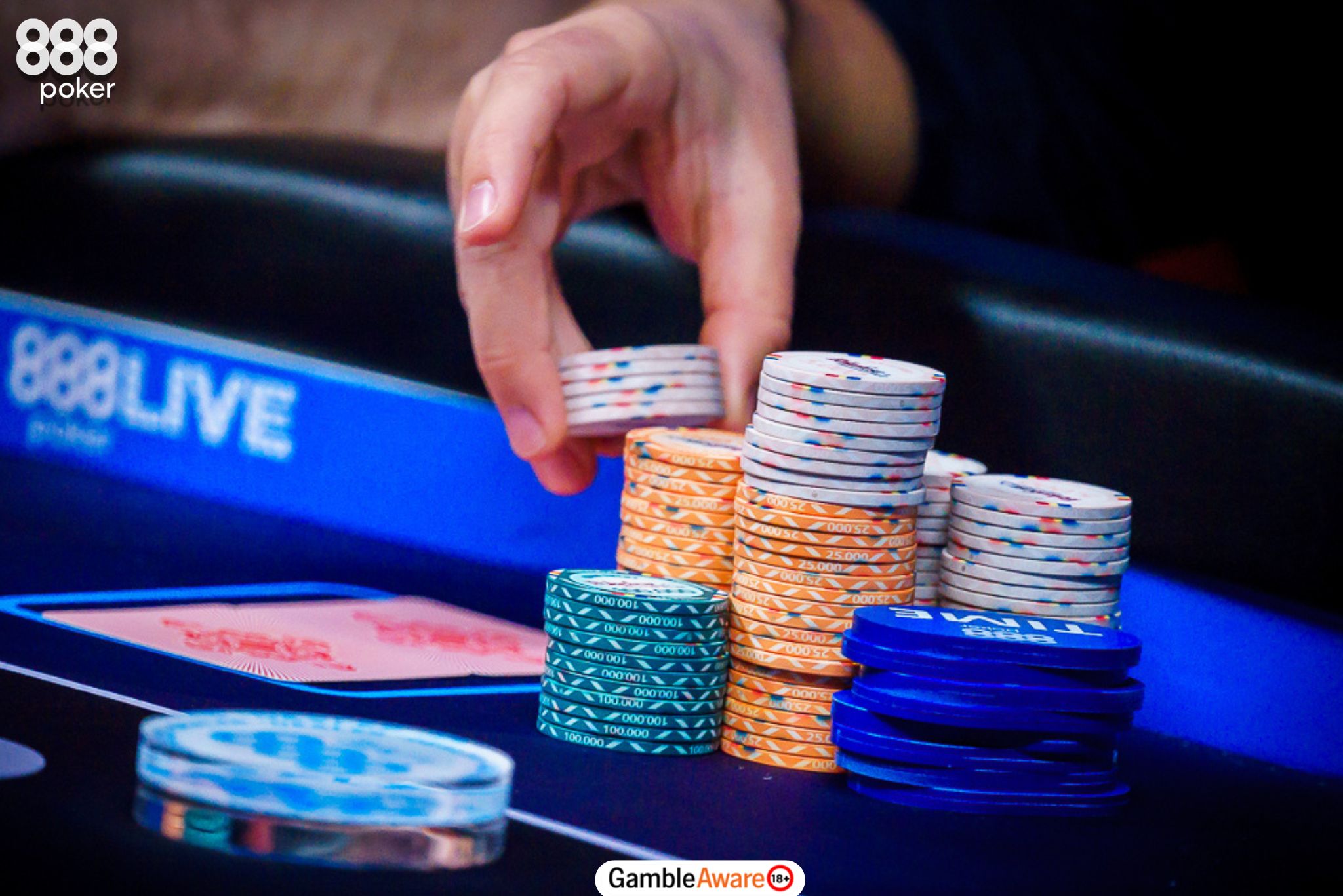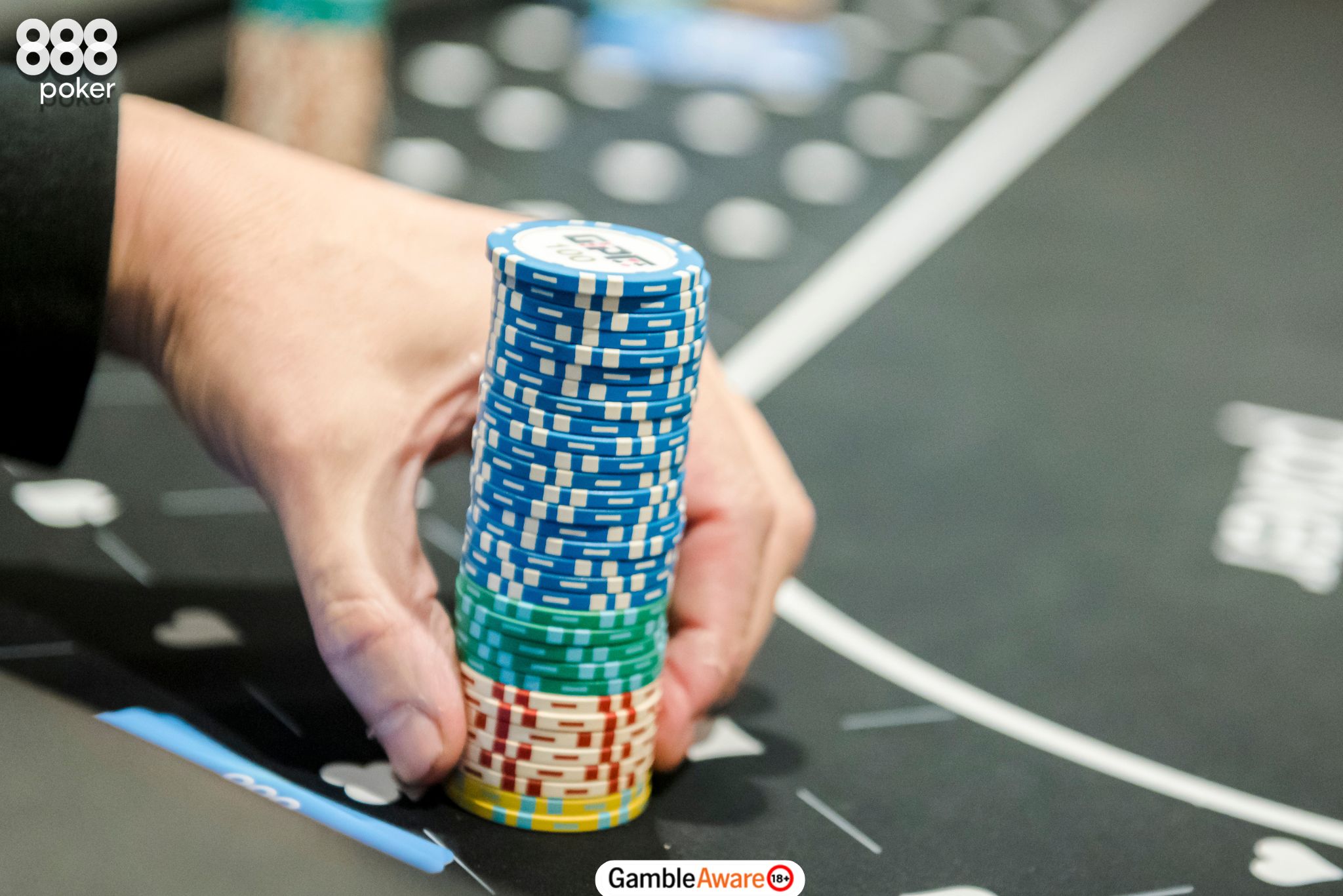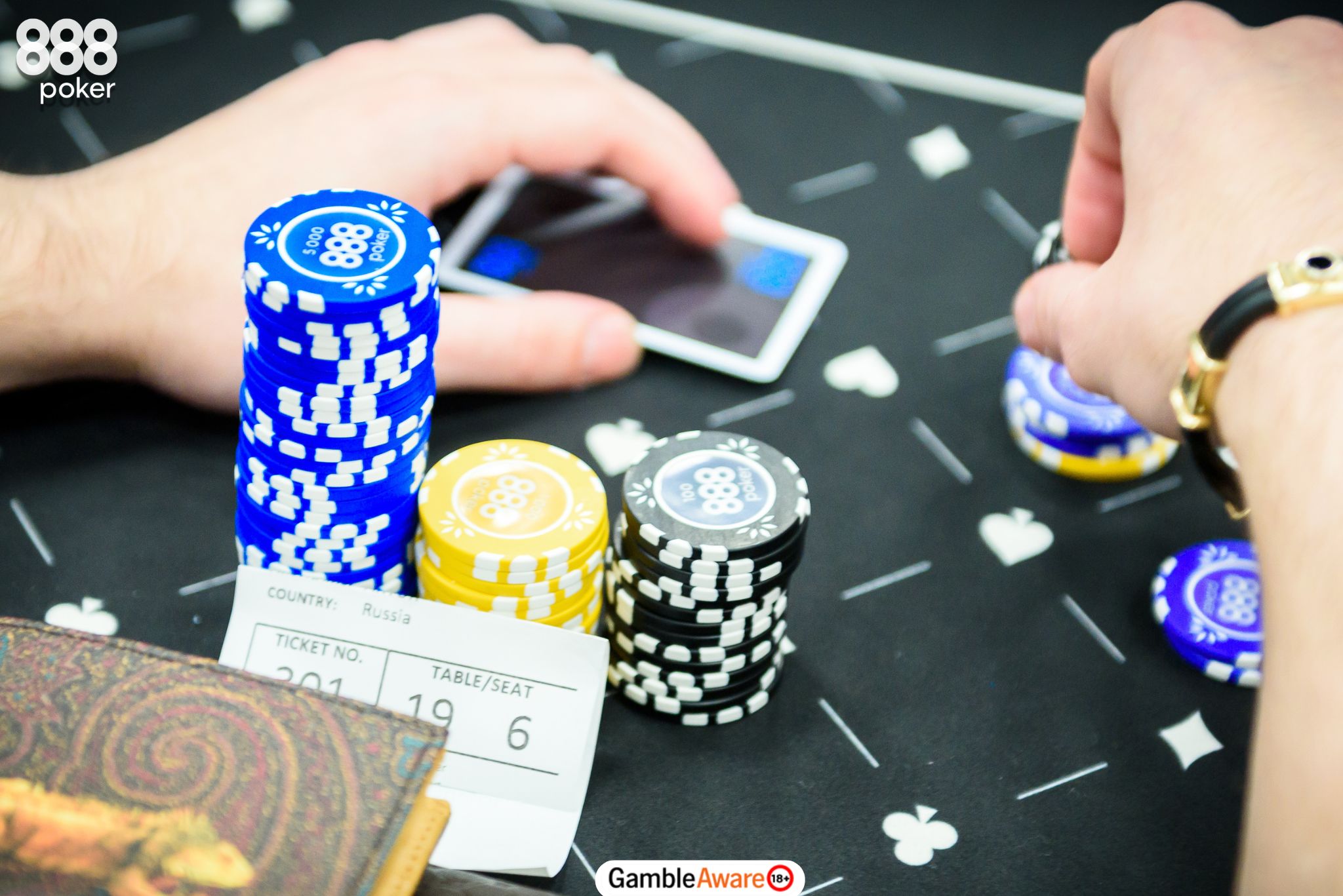Updated November 10, 2025
Raising isn’t just a key part of poker; it’s an art. It requires skill, discipline and timing. So, the question arises: What does raise mean in poker?
Here’s a guide to help you prep your palette before you start sloshing paint all over the felt.
What Is a Raise in Poker?
First things first, let’s clarify the definition. Just what does raise in poker mean? Simply put, a ‘raise’ describes the act of betting more than someone else has already bet.
Say someone bets $10, for example, and another player likes their hand and wants to bet more.
They make it $30. That $30 bet is a raise.
Like a bet, raise poker forces your opponents to put more money in the pot if they want to continue in the hand. If they don’t, they fold, and you win.
How Much Can I Raise?
Despite what you’ve seen in movies, you’re not allowed to throw your car keys, kidneys, or whatever else you like into the pot. Although this helps with Hollywood dramatics, real poker rules are, unsurprisingly stricter.

- The maximum raise at a poker table is known as ‘all-in,’ and the size can vary from game to game.
- In no-limit games, like NL Texas Holdem raise rules allow you to raise any amount up to the value of the chips you have in front of you.
- In other variants, such as Limit Hold'em or PLO, raise limits are significantly smaller.
The screenwriters love it when people pull wads of cash from their pockets, but it’s against the rules to add more money to your stack during a hand.
This restriction prevents wealthy players from bullying other players, making the game safer and fairer for everyone.
There’s a minimum amount you can raise as well. In Hold’em, poker raise rules state that a raise must be double what the current bet is.
If a player bets $10, then a raise must be at least $20, which is $10 more than the initial bet. If you don’t have enough chips for a full raise in your stack, you can raise all-in.
Your opponent only needs to match whatever you have to call. You won’t have to, and can’t, add more chips to your stack mid-hand.
Straddles
Some people like to use a special raise known as a straddle. A straddle is a bet of 2x the big blind, posted by the player first to act preflop (UTG).
This bet effectively doubles the game stakes and makes stacks much shorter, which can inject a little action into a boring table.
Although technically a raise, straddles can only occur before a poker hand, which makes them more akin to a third blind than a raise.
What Is a Re-Raise?
When a player raises after someone else has already raised, this raise is ‘a re-raise’. You don’t hear this poker term as much these days, but people would discuss hand histories with lines like, he re-raised, I re-re-raised, etc.
Hand histories became riddles and could get confusing. As poker theory evolved, GTO poker terminology has been replaced with terms such as 3bet, 4bet, and 5bet (etc.), which makes the action much easier to follow after multiple raises.
How Many Times Can You Raise in Poker?
The exact number of times you can raise depends on the size of your stack and the size of the raise.
- With deeper stacks in no-limit games, you can see many raises before players are all-in.
- However, in tournaments, where stacks are shorter, you’ll often see all-in raises before a flop, even!
Historically, some casinos limited the number of times a player could raise in poker to maintain a friendly atmosphere. However, this restriction is no longer widespread, especially in larger cardrooms.
Raising Out of Turn
It's easy to jump the gun when you're excited, so you need to make sure you know when to raise in poker. Raising before it's your turn is known as acting out of turn, and it reveals your intentions.

This slip-up helps them make better decisions, and the cardroom may penalise you, too.
If you do accidentally raise out of turn, you won’t be able to take your bet back. The action will stand, meaning you’ll be forced to raise on your turn unless another player raises first, in which case you can take your bet back.
Since your opponents will know this rule, they can easily trap you or save money by folding their weaker hands.
- Raising out of turn makes you easier to play against
- Allows your opponents to make better poker probability decisions
- And usually results in a penalty
Why Do People Raise in Poker?
Remember when we said raising was an art? That’s partly because there are numerous reasons to do it.
- Sometimes a player has a strong hand and wants to build the pot
- Or they want to protect a good but vulnerable hand from being outdrawn on later streets, like AcAs on a JhTh4s flop.
Some players like raising as a poker bluff, taking advantage of the fact that many players only call raises with very strong hands. Often these kinds of raises are “semi-bluffs”, where a player raises with an unmade hand, like a flush or straight draw.
This play can be effective because it gives the raiser two ways to win:
- Make their opponent fold there and then
- Win the pot later if their hand improves
Raising To ‘Find Out Where You Are’
Some people think it’s a good idea to re-raise with middle strength hands to ‘find out where they are’ and gauge whether their hand is ahead. This mistake is a no-no because your opponent will likely fold their weak hands and only continue with hands that beat you.

This result is terrible because you won’t win another penny with the best hand, and you’ll be way behind when they call.
Ultimately, the art of raising comes from understanding how your raises affect the relative strength of your opponent’s hands and acting accordingly. While a raiser can be bluffing, they usually aren’t, especially at the lower limits.
Think of re-raising like setting off a box of dodgy fireworks. There’s a special cocktail of fun, danger and beauty.
Poker Raising: True or False Quiz (Scroll Down for Answers)
- A raise is when you bet more than someone has already bet.
- In no-limit Hold’em, you can raise to any amount up to the chips in front of you.
- You can add money to your stack during a hand if you announce it first.
- A straddle is posted after the cards are dealt.
- The terms 3bet and 4bet replaced “re-raise” to make hand histories easier to follow.
- Raising out of turn reveals your intentions and usually results in a penalty.
- Semi-bluff raises give you two ways to win the pot.
- Re-raising with a medium strength hand is a good way to “find out where you are”.
Poker Raising: Quiz Answers
- True
- True
- False (Unless announced before the hand is dealt)
- False
- True
- True
- True
- False


